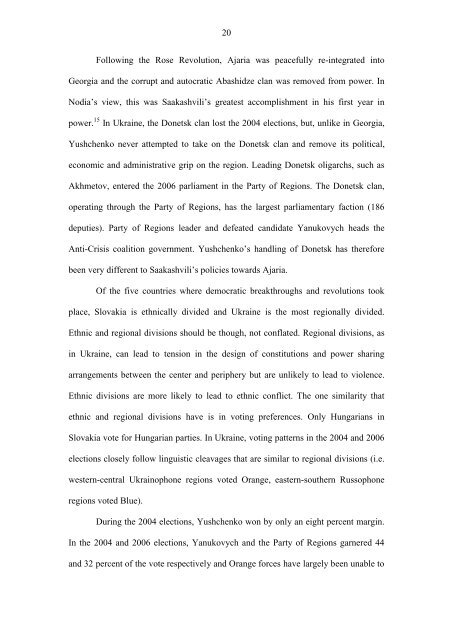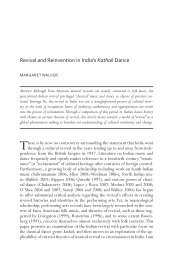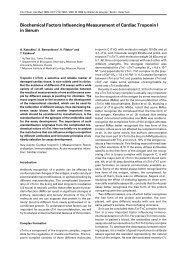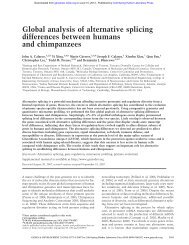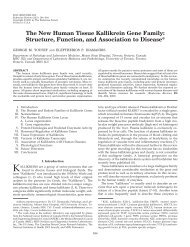Democratic Breakthroughs and Revolutions in Five Post-Communist ...
Democratic Breakthroughs and Revolutions in Five Post-Communist ...
Democratic Breakthroughs and Revolutions in Five Post-Communist ...
Create successful ePaper yourself
Turn your PDF publications into a flip-book with our unique Google optimized e-Paper software.
20Follow<strong>in</strong>g the Rose Revolution, Ajaria was peacefully re-<strong>in</strong>tegrated <strong>in</strong>toGeorgia <strong>and</strong> the corrupt <strong>and</strong> autocratic Abashidze clan was removed from power. InNodia’s view, this was Saakashvili’s greatest accomplishment <strong>in</strong> his first year <strong>in</strong>power. 15 In Ukra<strong>in</strong>e, the Donetsk clan lost the 2004 elections, but, unlike <strong>in</strong> Georgia,Yushchenko never attempted to take on the Donetsk clan <strong>and</strong> remove its political,economic <strong>and</strong> adm<strong>in</strong>istrative grip on the region. Lead<strong>in</strong>g Donetsk oligarchs, such asAkhmetov, entered the 2006 parliament <strong>in</strong> the Party of Regions. The Donetsk clan,operat<strong>in</strong>g through the Party of Regions, has the largest parliamentary faction (186deputies). Party of Regions leader <strong>and</strong> defeated c<strong>and</strong>idate Yanukovych heads theAnti-Crisis coalition government. Yushchenko’s h<strong>and</strong>l<strong>in</strong>g of Donetsk has thereforebeen very different to Saakashvili’s policies towards Ajaria.Of the five countries where democratic breakthroughs <strong>and</strong> revolutions tookplace, Slovakia is ethnically divided <strong>and</strong> Ukra<strong>in</strong>e is the most regionally divided.Ethnic <strong>and</strong> regional divisions should be though, not conflated. Regional divisions, as<strong>in</strong> Ukra<strong>in</strong>e, can lead to tension <strong>in</strong> the design of constitutions <strong>and</strong> power shar<strong>in</strong>garrangements between the center <strong>and</strong> periphery but are unlikely to lead to violence.Ethnic divisions are more likely to lead to ethnic conflict. The one similarity thatethnic <strong>and</strong> regional divisions have is <strong>in</strong> vot<strong>in</strong>g preferences. Only Hungarians <strong>in</strong>Slovakia vote for Hungarian parties. In Ukra<strong>in</strong>e, vot<strong>in</strong>g patterns <strong>in</strong> the 2004 <strong>and</strong> 2006elections closely follow l<strong>in</strong>guistic cleavages that are similar to regional divisions (i.e.western-central Ukra<strong>in</strong>ophone regions voted Orange, eastern-southern Russophoneregions voted Blue).Dur<strong>in</strong>g the 2004 elections, Yushchenko won by only an eight percent marg<strong>in</strong>.In the 2004 <strong>and</strong> 2006 elections, Yanukovych <strong>and</strong> the Party of Regions garnered 44<strong>and</strong> 32 percent of the vote respectively <strong>and</strong> Orange forces have largely been unable to


